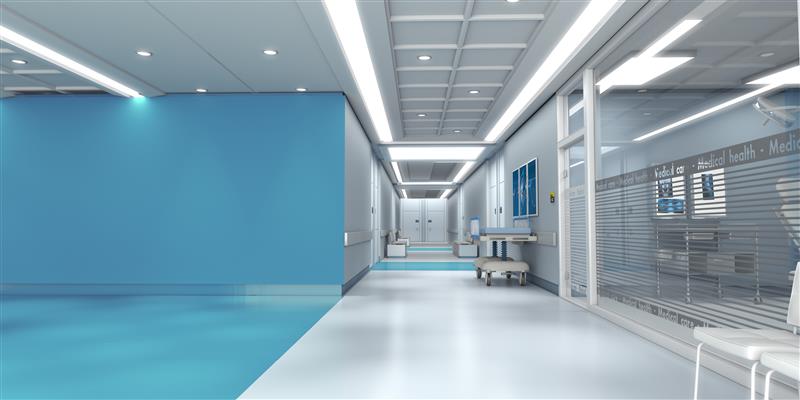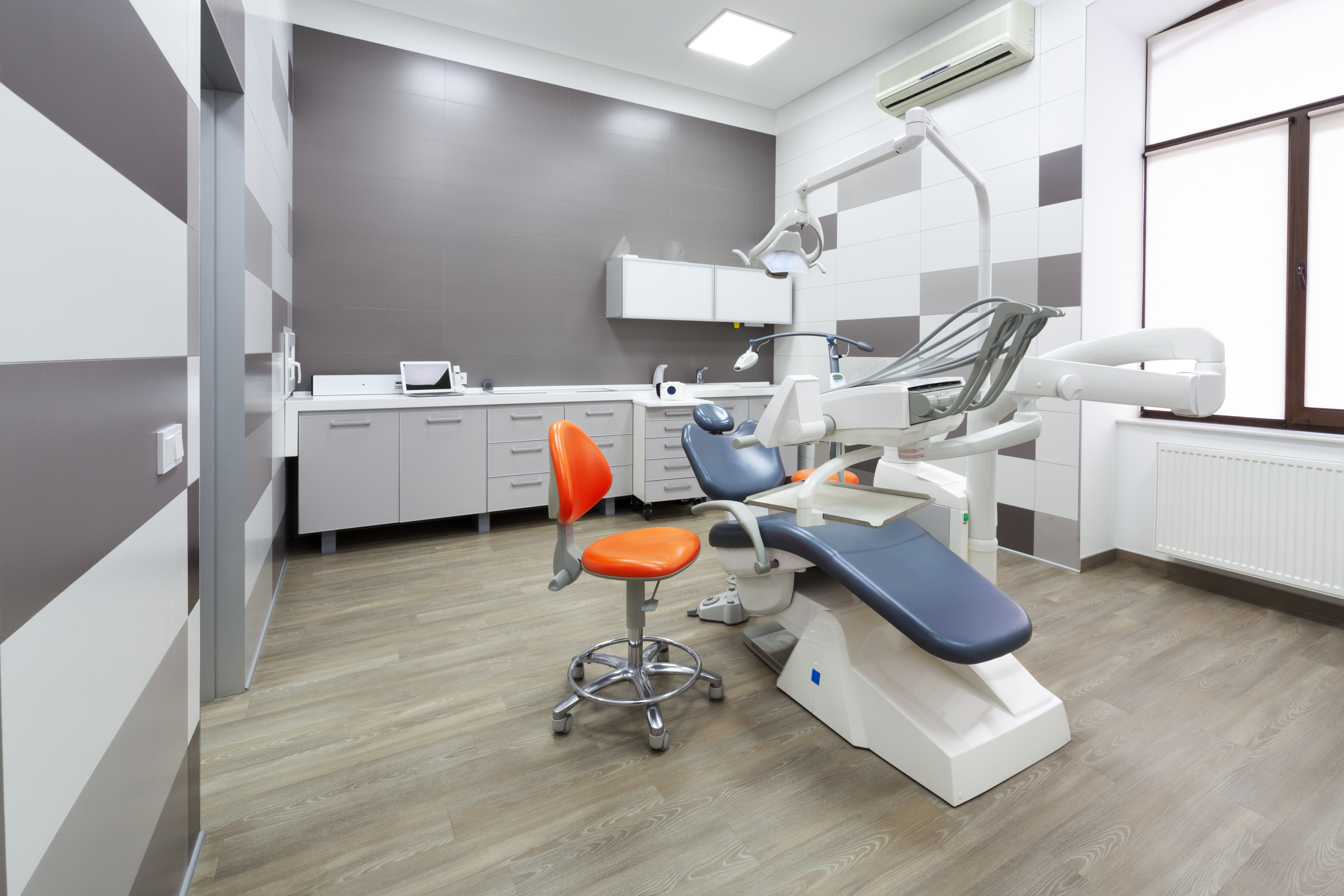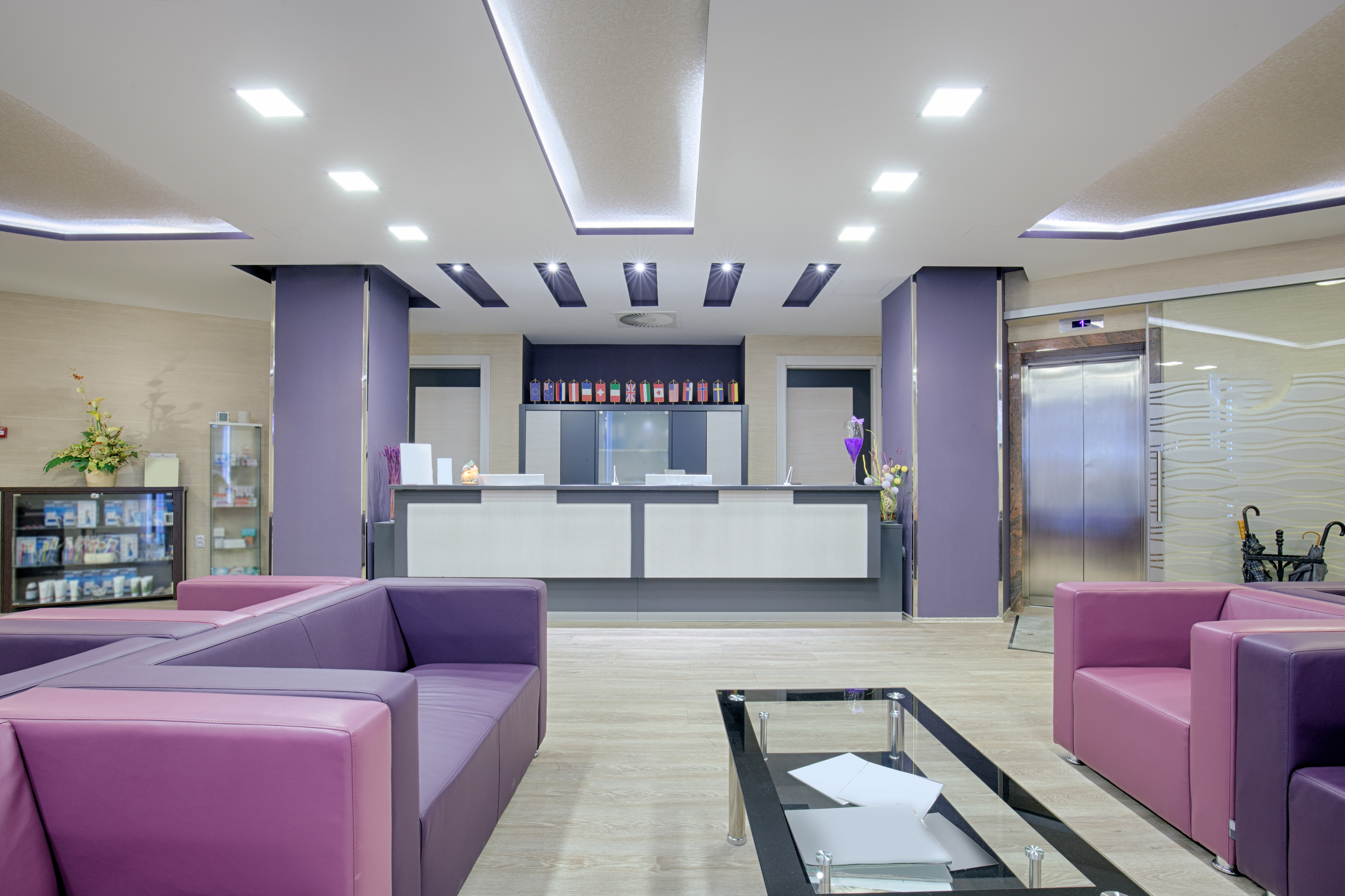Hospitals are places of healing but can also transform into stress zones for patients and caregivers, often leading to anxiety. In such scenarios, the overall décor of the healthcare setting and choice of materials must promote a sense of calm and relaxation. Since patient safety is paramount in the healthcare industry, reducing healthcare-associated infections forms oI50 Premium Emulsion one of the critical aspects of effective hospital and clinic design. With the rise in steps taken for infection prevention, antibacterial paints for clinics and hospitals alongside hygienic hospital wall solutions offer essential protection in healthcare environments. Acting as a silent guardian, let’s explore how creating sterile environments with prime paints enhances hygiene, infection control, and the overall ambience of healthcare spaces.
Colour Psychology

The use of colour plays a crucial role in hospital design, as plain white walls can create a sterile atmosphere, while soothing colours promote a sense of calm and well-being. According to colour psychology, a healing environment can be achieved with the application of nature-inspired hues such as sky blue, soft green, terracotta, and pastel yellow, which evoke tranquillity and a connection to the outdoors. Additionally, incorporating indoor plants complements the earthy colour scheme and enhances the interior environment and the overall well-being of patients, staff, and caregivers.
Infection Control with Antimicrobial Paints

Hospital walls can become breeding grounds for harmful pathogens like bacteria, fungi, and other microorganisms, as patients with various infections visit and get treatment in the hospital. The lack of natural ventilation in enclosed HVAC-controlled environments further contributes to the circulation of airborne contaminants. Conventional paints can harbour bacteria and viruses, which can increase the risk of infection, driving hospitals to seek advanced solutions. JJ Hospital in Mumbai has incorporated antimicrobial paint created by Israeli company Nanosono, in collaboration with Nirlat. The paint is intended to reduce hospital acquired infections. The antimicrobial coating utilises copper and zinc oxides to effectively fight bacteria and viruses. JJ Hospital, Mumbai, and Gleneagles Hospital Bengaluru have adopted antibacterial paints for the hospital walls. Antibacterial paints for clinics and hospitals actively inhibit the growth of bacteria, fungi, and viruses and reduce the presence of pathogens on walls. Therefore, creating sterile environments with prime paints like I50 Premium Emulsion- an anti-bacterial paint by Birla Opus Prime is essential for maintaining hygiene, complementing infection control measures, and enhancing safety in healthcare settings.
Low VOC Paints

Low-VOC paints like I50 Premium Emulsion – an anti-bacterial paint by Birla Opus Prime is highly recommended in critical healthcare areas such as operation theatres, ICUs, emergency rooms, and kitchens to maintain high hygiene standards. Waiting rooms, general wards, and semi-private wards also benefit from antimicrobial paints and ensure a safer environment for patients, staff, and doctors. A shift towards eco-friendly, low-VOC paints ensures hygienic hospital wall solutions and promotes a healthier approach to hospital design. Additionally, introducing indoor plants improves air quality by absorbing toxic VOCs and enriches the indoor environment with oxygen.
Easy to Clean Surfaces

Hygienic hospital wall solutions are essential for patient safety, with regular upkeep ensuring that the wall surfaces are easy to clean and fresh paint can be applied without disrupting hospital operations or creating dust. Note that high-quality paint that resists peeling and flaking not only improves hygiene standards but also ensures long-term cost efficiency in hospital maintenance. Antimicrobial paints are designed to withstand wear and tear and offer greater durability, making them ideal for different zones of the hospital and contributing to a safer and more hygienic healthcare setting.


